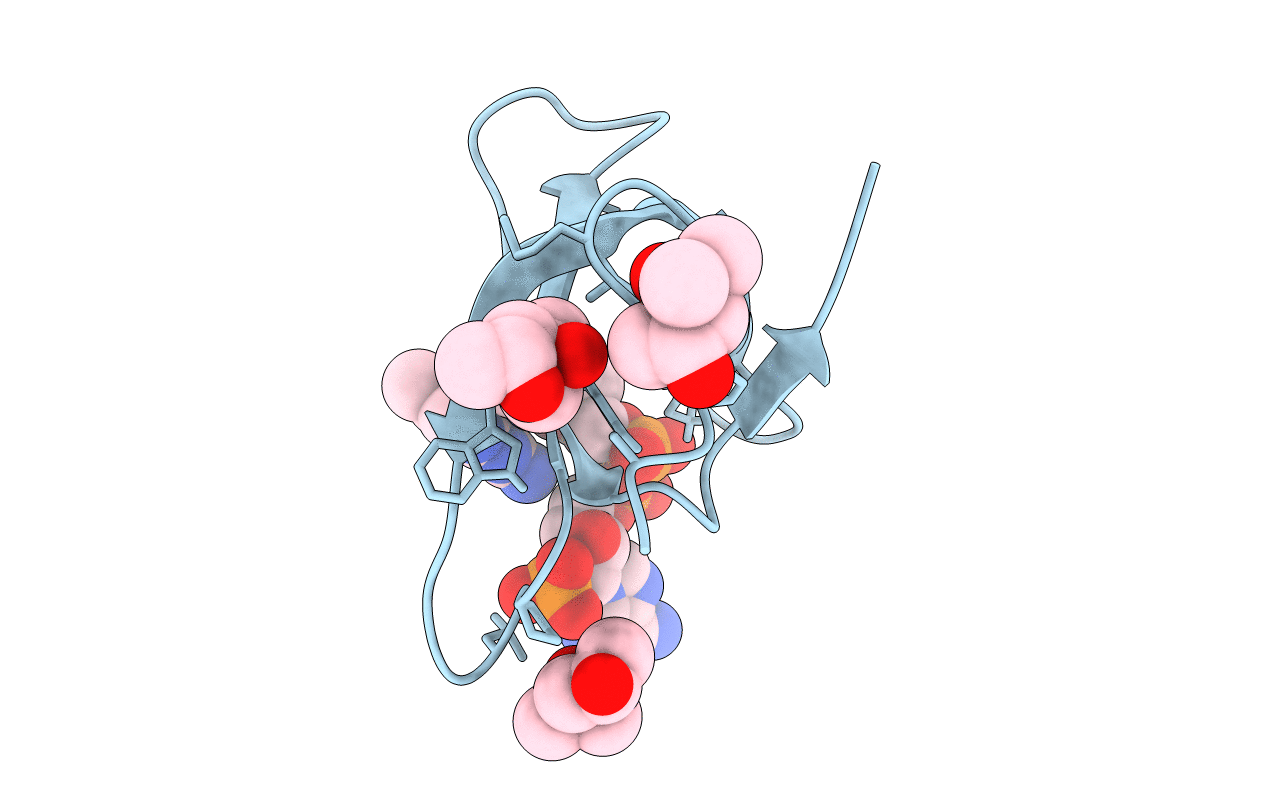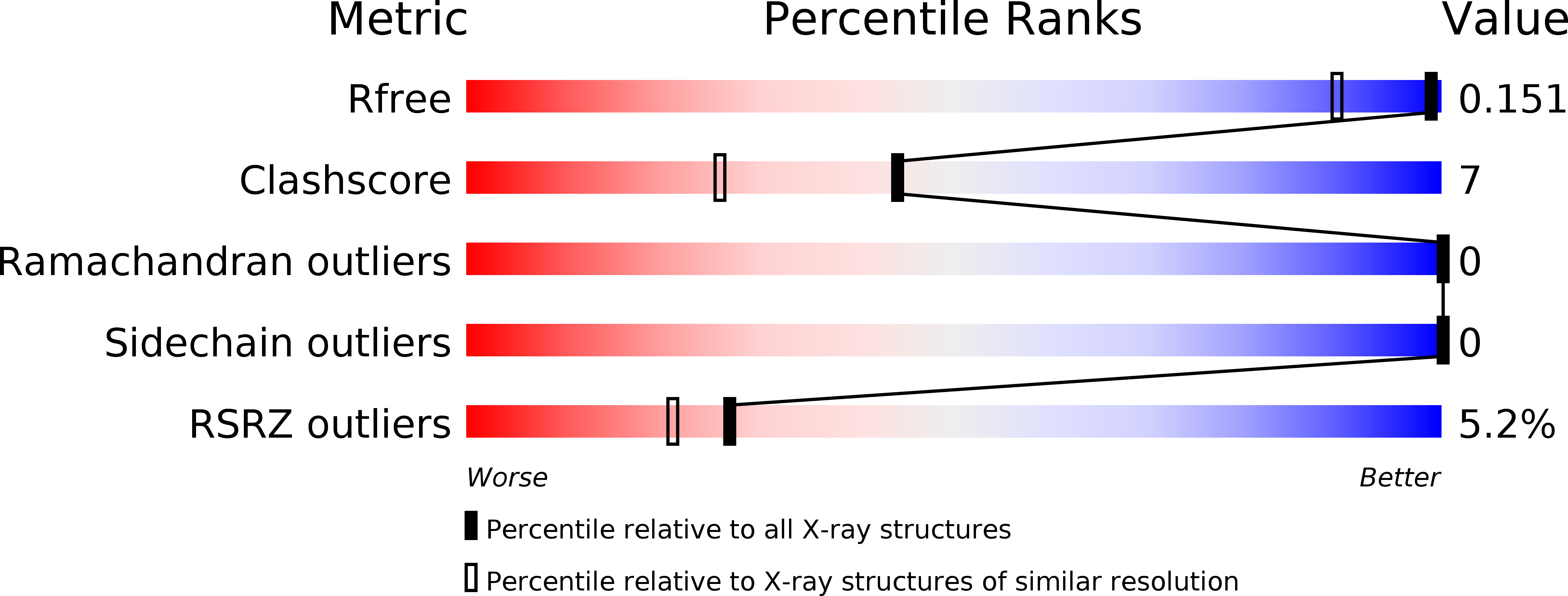
Deposition Date
2007-10-16
Release Date
2008-06-03
Last Version Date
2023-08-30
Method Details:
Experimental Method:
Resolution:
1.26 Å
R-Value Free:
0.15
R-Value Work:
0.12
R-Value Observed:
0.12
Space Group:
I 41 2 2


